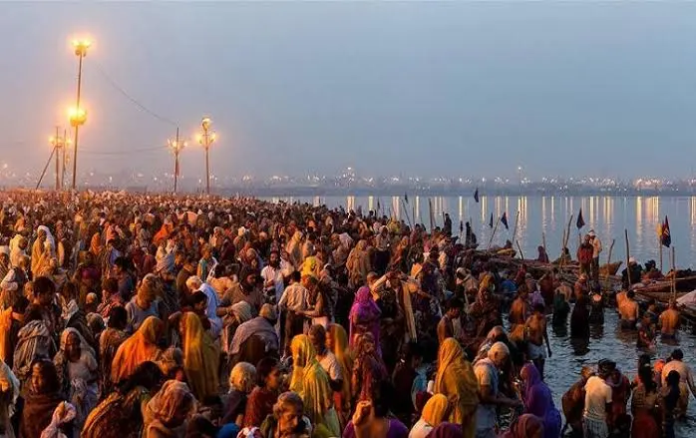
Makar Sankranti is a Hindu festival that is celebrated every year on January 14th, marking the transition of the sun into the zodiac sign of Makara (Capricorn). It is one of the most important festivals in the Hindu calendar, and is celebrated with great enthusiasm and zeal in various parts of India, Nepal, and Bangladesh. The festival is known by different names in different parts of the country, such as Pongal in Tamil Nadu, Lohri in Punjab, and Bhogali Bihu in Assam. However, the essence of the festival remains the same across all regions, which is to celebrate the arrival of spring and the end of the harvest season.
One of the most popular ways to celebrate Makar Sankranti is by flying kites. People of all ages gather on rooftops, fields, and open spaces to fly kites and enjoy the festival. The sky is filled with colorful kites of different shapes and sizes, creating a beautiful and festive atmosphere. It is also a traditional occasion to make and share sweets made from sesame, jaggery and peanuts among family and friends. In many parts of India, people also take dips in holy rivers on Makar Sankranti. Taking a dip in the holy waters of rivers such as the Ganges, Yamuna, Godavari, and Kaveri is believed to wash away sins and bring blessings. It is also believed that taking a dip in the river on Makar Sankranti is particularly auspicious, as the sun enters the zodiac sign of Makara, which is associated with the god of wisdom, knowledge, and wealth, Lord Ganesha.
The festival is also considered a sacred day for Hindus, and many perform special prayers and rituals. Temples across the country are decorated with flowers and lights, and special puja (worship) is performed to seek blessings from the gods. It is also a time for families to come together, share a meal, and exchange gifts. In conclusion, Makar Sankranti is a festival that brings together people of all ages and backgrounds to celebrate the arrival of spring, the end of the harvest season, and the blessings of the past year. It is a time for joy, celebration, and gratitude, and is an important part of the cultural heritage of India, Nepal, and Bangladesh.


